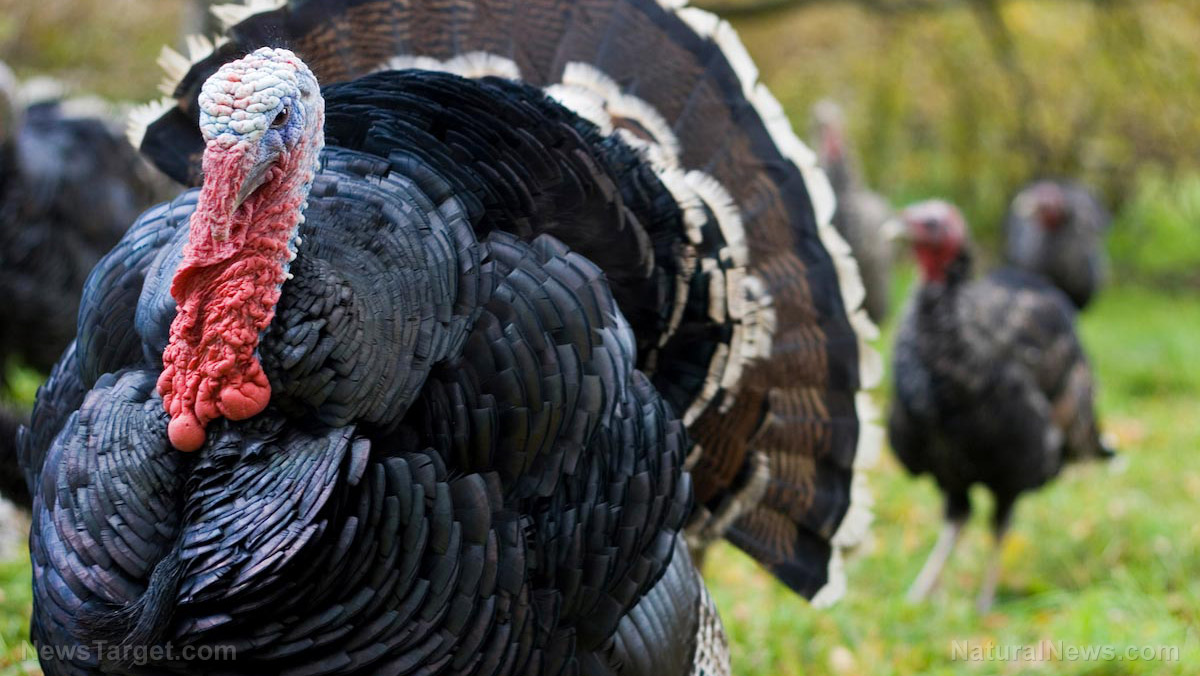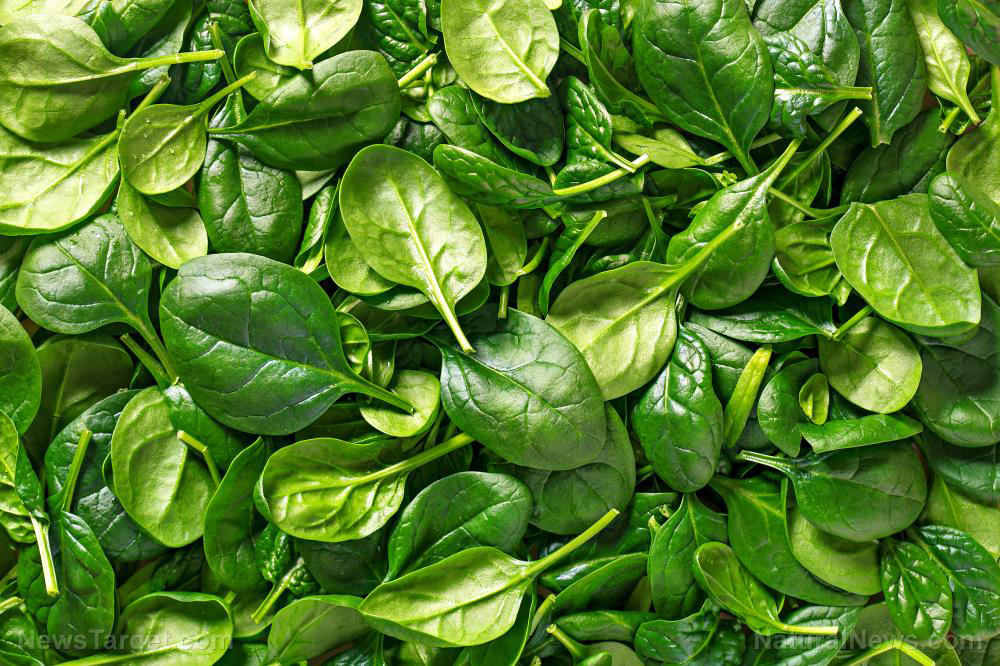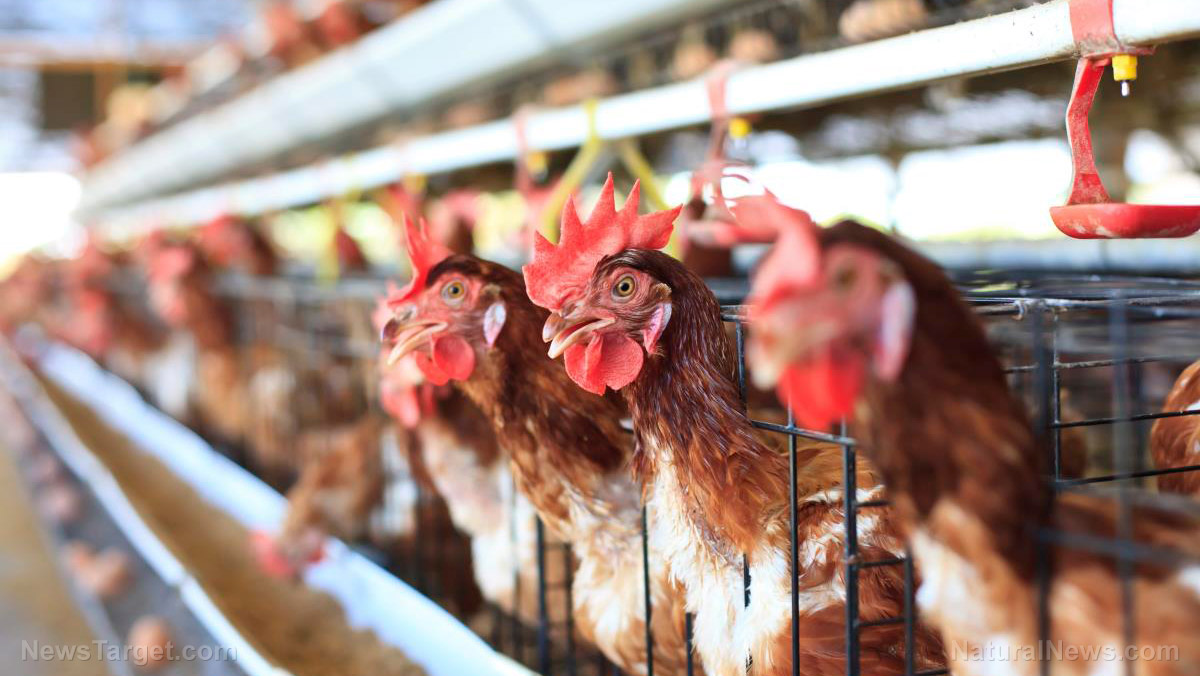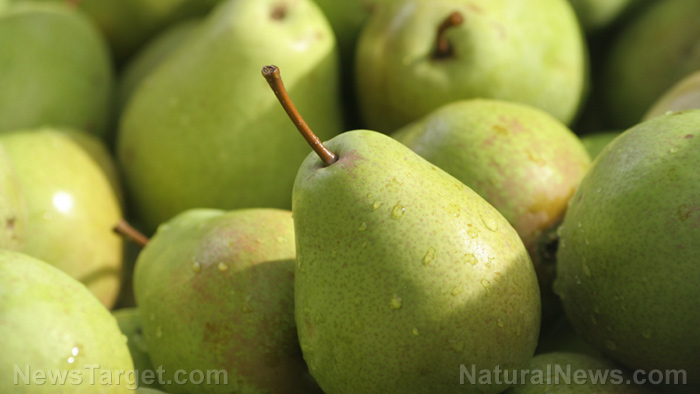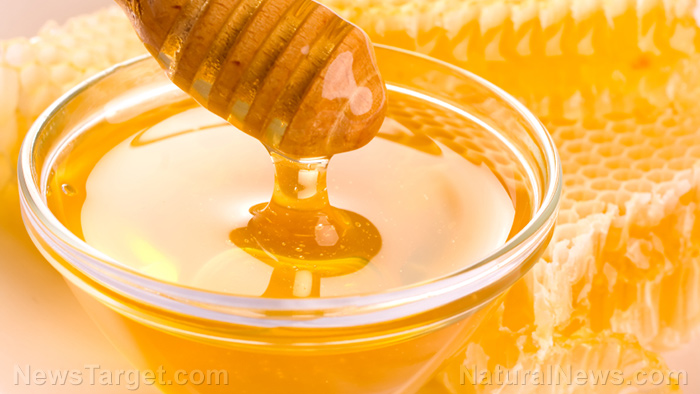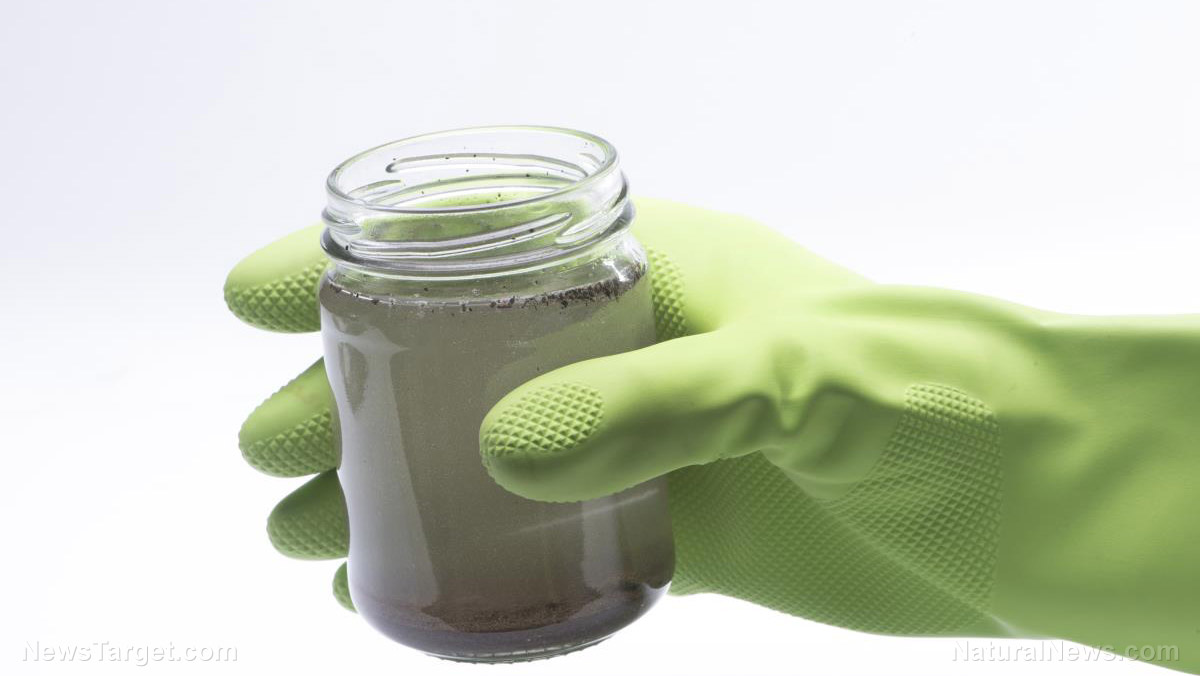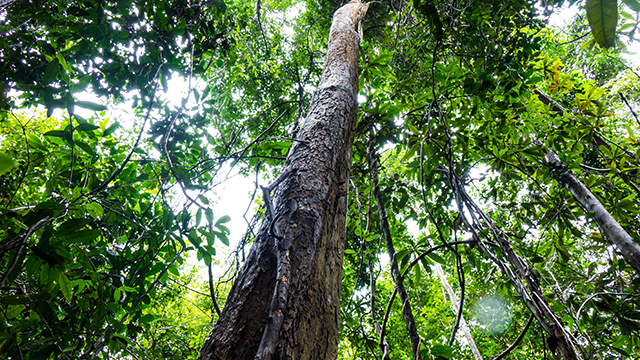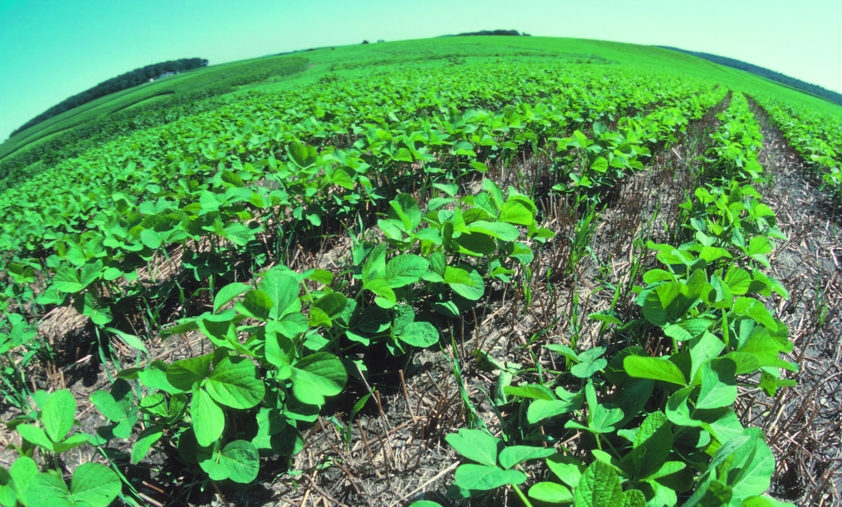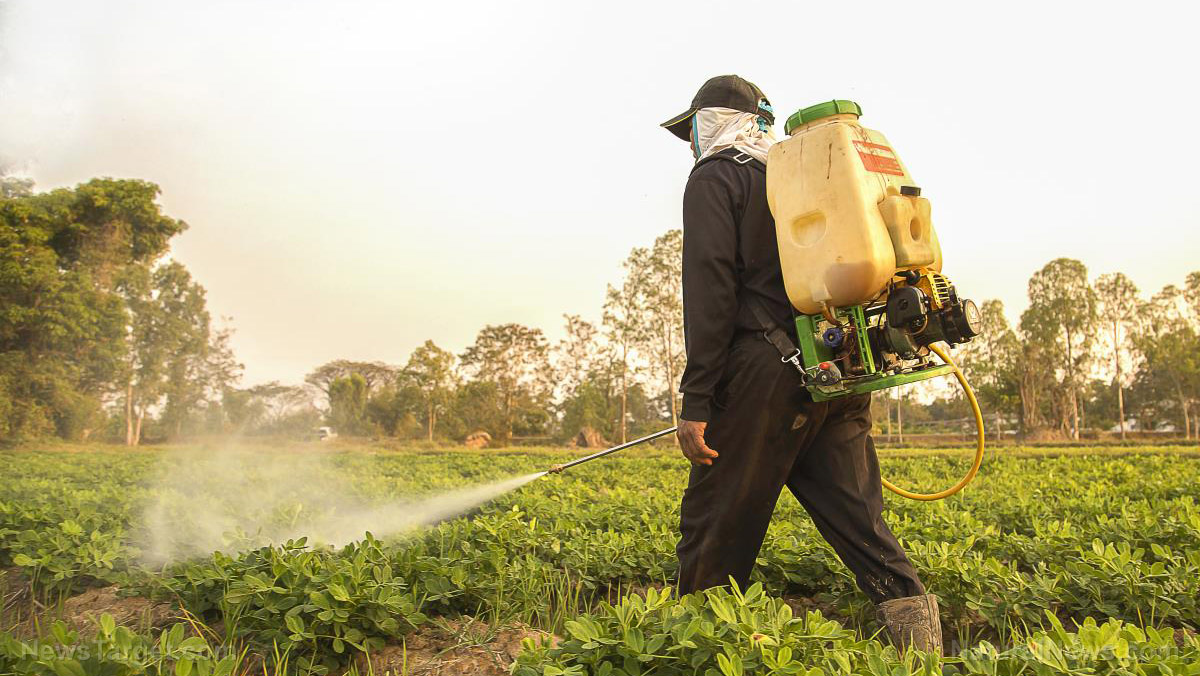Pyrimethanil — toxicity, side effects, diseases and environmental impacts
11/14/2017 / By Janine Acero
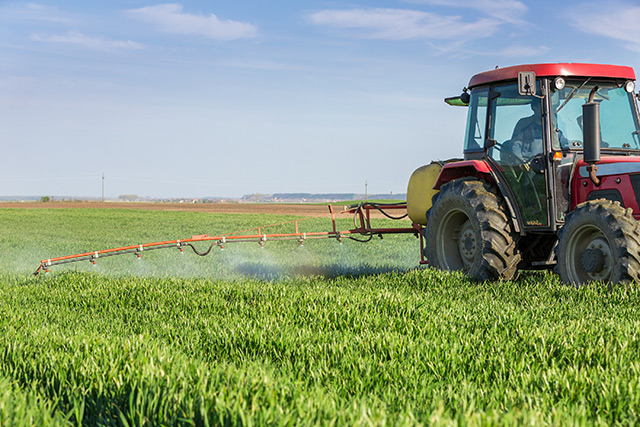
Pyrimethanil is a contact fungicide with protective and curative properties. It prevents protein formation and cell division in fungal pathogens (such as gray mold, powdery mildew, scab, downy mildew and Phomopsis leaf spot), through inhibiting methionine biosynthesis. It can be used on a number of crops such as apples and strawberries – as a seed treatment or as a foliar spray – as well as peas and field beans (when mixed with chlorothalanil).
Pyrimethanil has the molecular formula of C12H13N3.
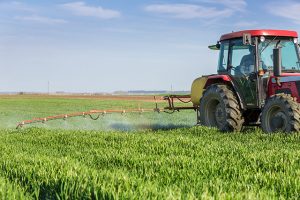
List of known side effects
Contamination from pyrimethanil can be had through inhalation or dermal contact. It is toxic to aquatic life, and is classified as Group C “possible human carcinogen” by the open chemistry database PubChem.
There is no specific review of the side effects of pyrimethanil exposure and contact, but the Toxicology Data Network website gives a general evaluation of the effects of chemical exposure such as irritation to the eyes and skin; respiratory tract discomfort that can worsen into acute lung injury if left untreated; burning sensations to the throat, esophagus and gastrointestinal tract if ingested; and asthma with bronchospasms (wheezing) with chronic exposure.
Body systems affected by pyrimethanil
According to the Food and Agriculture Organization of the United Nations (FAO) toxicological data, pyrimethanil “has low acute toxicity when administered in oral, dermal or inhalation routes,” and minimally irritating to the eyes (but not the skin), as per studies on rabbit models. Additionally, studies with mouse models showed that the substance target the following organs: gonads, liver, kidney, thyroid, heart, adrenal, spleen and thymus. Toxicity studies with dogs showed diarrhea and salivation hypoactivity.
Items that can contain pyrimethanil
Pyrimethanil is used to control the development of different fungal pathogens in a wide range of crops including: nuts (almonds and pistachios), grapes, stone fruits (except cherries), pome fruits, strawberries, root crops such as potatoes and other tuberous and corn vegetables, tomatoes and ornamentals.
WhatsOnMyFood.org also gives a list of other produce with pyrimethanil residue including: pears, apples, strawberries, tangerines, plums, peaches, sweet bell peppers, bananas, oranges and watermelons (to name a few).
How to avoid pyrimethanil
As with any chemical, it is important to ensure that your body is protected before handling or applying the substance. Wear tightly sealed goggles for your eyes and chemical-resistant gloves to protect your skin. In case of inhalation, a safety data sheet advises the use of respirators. Do not eat, drink or smoke when handling or applying the substance, and wash contaminated clothing thoroughly before reuse.
Where to learn more
- Who knew? Many wines are contaminated with cancer-causing herbicide glyphosate
- Poison.news
- Chemicals.news
- Toxins.news
- Pesticide.news
Summary
Pyrimethanil is a contact fungicide that targets fungal pathogens such as gray mold and powder mildew in a variety of crops, which include apples, oranges, strawberries, almonds and pistachios, and root crops and tubers.
Pyrimethanil is toxic to aquatic life and the organs of several animal models in previous studies. It targets the gonads, liver, kidney, thyroid, heart, adrenal, spleen and thymus.
Pyrimethanil is is classified as Group C “possible human carcinogen” by PubChem open chemistry database.
Handlers and applicators of pyrimethanil are required to wear protective, tightly sealed goggles and chemical-resistant gloves. Avoid drinking, eating and smoking while handling this substance.
Sources include:
Tagged Under:


